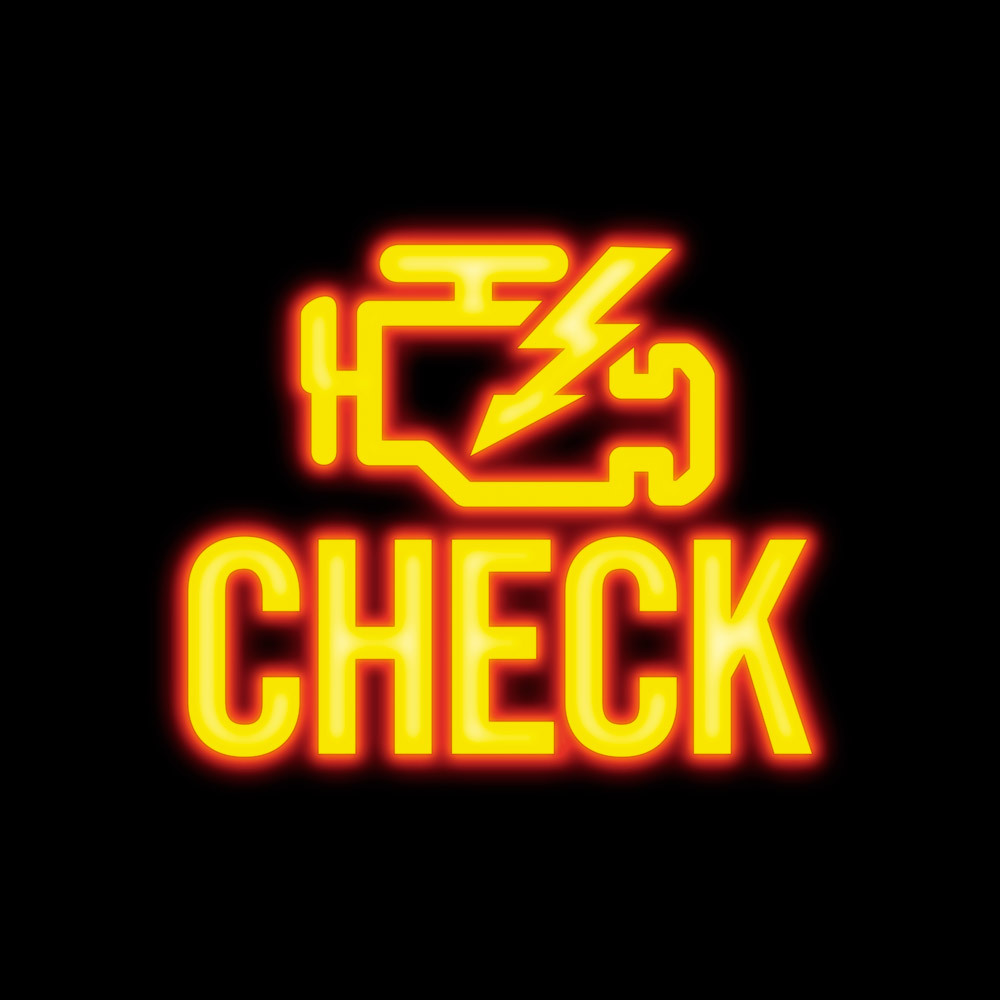
What Would You Do If Your New Patient Could Not Walk?
I want to share a quick story. Monday was a pretty busy day in the office. I had a couple of new patients scheduled, along with a typical day filled with current treatment patients. When my first new patient entered the waiting area, I immediately knew that I was going to have my hands full. She was assisted by her husband and using a hula hoop as a walking aid. Needless to say, she was barely able to move because of the pain in her lower back. She rated her pain a 10 out of 10 (truthfully it was more like a 12)! Every time that she shifted her weight onto her left leg, the pain would almost bring her to her knees. Another significant detail here is that she has never seen a chiropractor before, and wanted to go to an ER the day before her visit, but her husband talked her out of it, and convinced her to keep her appointment at FC&R. You are probably wondering the same thing that I was thinking… What could I possibly have done to help her?
Here is the rest of the story… This patient and I sat (well she was lying down because it was more comfortable) and talked for about 30 minutes. The discussion focused on the history of this current pain, as well as her relevant health history. Typically after gathering some facts we do some Range of Motion testing, but I knew what that was going to show me! She couldn’t even stand to try the testing, so that was out. Next I would typically do some other tests to determine the cause of her symptoms. We started by asking her to raise her leg up as high as she could, and she was not even able to get it off the table without feeling incredible pain in her lower back! At this point, I know that the results of any of my testing would be essentially useless because EVERY movement would cause her pain to increase. So rather than progress with more useless, and clinically irrelevant testing, I sat down again. I put all of my notes aside and began to have a conversation with her about pain, and what it means.
We discussed that pain is very similar to a Check Engine Light. It will tell you that something is wrong, but it will not give you any indication as to how severe the issue is. She seemed to understand this concept and could see how it applied to her pain. The next goal was to get her to move “a little.” Increasing her pain was not an option, so I was going to have to coach her through this, because she NEEDED to know that movement was not bad. We started by talking about breathing, and how to diaphragmatically breathe “through the pain.” Understanding that breathing helped to take control of her pain allowed us to begin to move her leg. Full Disclosure: it was really me moving it, and she was letting it happen. With the breathing strategy in place this patient was able to fully flex her hip and her knee (with no pain in that position). In isolation, this was a pretty cool moment. The only hands on treatment that we were able to do was to get her to lie on her stomach to very gently stretch her lower back out.
The following afternoon, she returned to the office. She walked into the office without her hula hoop, instead she brought a smile on her face. She is a very happy person, and the pain that she felt the day before prevented her from bringing her smile with her. I asked about her pain levels and she said that she was at a 3 out of 10. She attributed her success to what she learned on her first visit and her diligence with the home exercises we gave her. More importantly, she was no longer afraid of her back pain, because she knew that she had control over it, and not the other way around.
Movement is my Medicine,![]()





